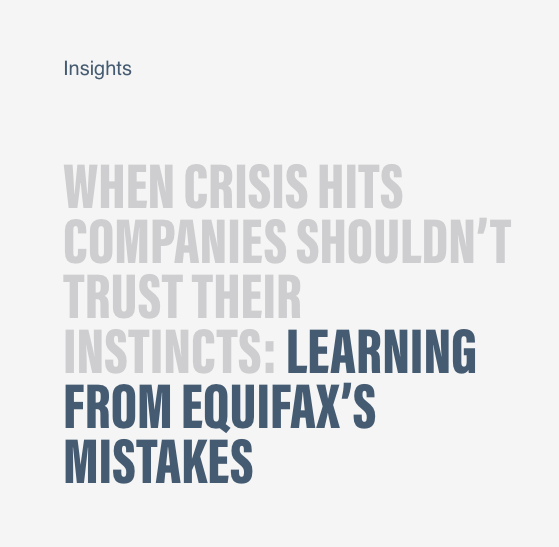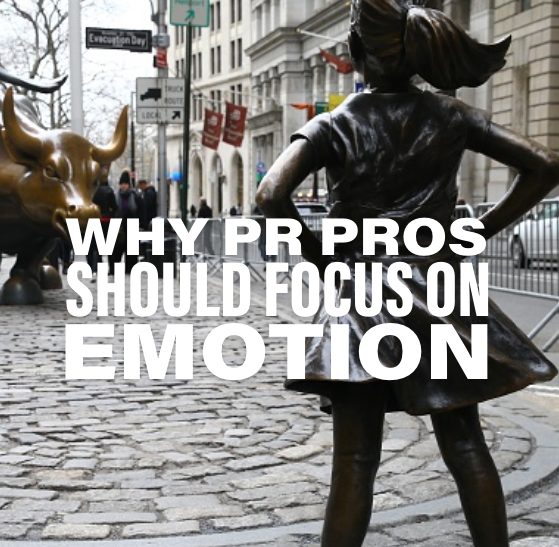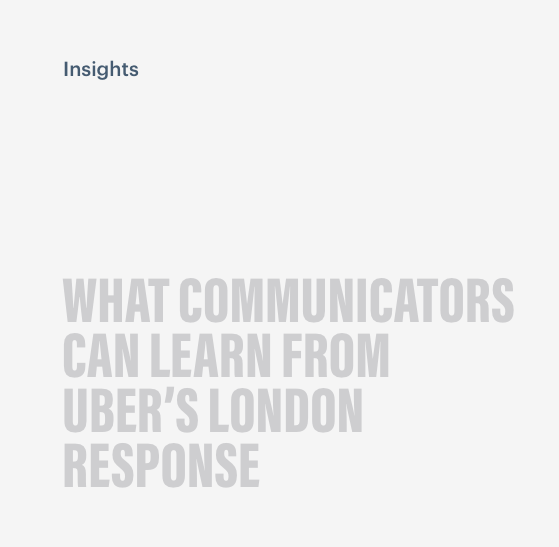The Power of “Communities”
Since the emergence of COVID-19, maslansky + partners has tracked corporate communications via social media, press releases, and emails to understand communication trends and what we can learn from them. One area of focus that has emerged is Diversity, Equity, and Inclusion. With so much new language — one word in particular stood out to us: “community.” It is being used in many cases to replace American. For example, the Black community instead of Black Americans, or the Asian community instead of Asian Americans, or the Hispanic community instead of Hispanic Americans.
Many companies created Diversity, Equity, and Inclusion frameworks for the first time over the last year: a needed and necessary focus to be sure, but for some, it came years too late. More than a year after George Floyd’s murder and the beginning of global protests over police brutality and racial equity issues, we’re reviewing the language used to talk about Diversity, Equity, and Inclusion, so that we can learn what works, what doesn’t, and, importantly, why.
While lots of words are emerging, one notably stuck out: “COMMUNITY.” The reason it matters so much to us is that it represents a BIG shift in our thinking that goes beyond just a simple word choice. It changes the way we view diversity. Where we used to say we are a “BLANK American” with the emphasis really being on American. Now we use the term being part of a “BLANK community” with the emphasis being on the individual community. This represents a celebration of our individual identities that didn’t exist before. In essence, we are now focused on describing a particular group of people who hold a common identity. And this shift is pronounced. Of over 300 statements analyzed, the word appeared 745 times–more than any other word used.
Number of mentions, by identity:
| Black community | 44 |
| Latino/Latinx community | 11 |
| Global community | 10 |
| AAPI/Asian community | 10 |
| LGBTQ(+) community | 8 |
| Trans/Transgender community | 7 |
| American community | 5 |
| Disability community | 3 |
By itself, it doesn’t seem that interesting that the theme of community pops up in corporate language on diversity and inclusion, but it is when you contrast it with one word that was notably infrequent by comparison: “American.” In the posts we analyzed, the word “American” appeared less than one third as frequently as the word “communities,” highlighting an underlying shift in the way we talk about racial, ethnic, and religious groups: from “Americans” to “communities.”



Why does this matter?
In recent decades, the word “American” has been used to unify and advocate for groups of people who share similar — mostly non-white — identities. The term “Asian American” was popularized by Berkeley students Yuji Ichioka and Emma Gee to signal “a shared and interconnected history of immigration, labor exploitation, and racism.”
With moving from “American” to “community,” companies are highlighting language that champions diversity and difference rather than just the ties that bind us. We’re beginning to celebrate more broadly and publicly uniqueness rather than sameness. By shining the spotlight on our differences, the ever-apt metaphor of the United States as a “salad bowl” rather than a “melting pot” comes into focus. Our differences are what makes a company, a culture, a community more powerful and poignant. In many ways, shifting from American to community embodies a transition from corporate color-blindness to foundations of equitable language.
The case for “communities”
Many people also belong to multiple communities at once and are able to choose which community or communities they most identify with. The word “community” gives people agency to determine their own identity, instead of their identity being assigned to them with a label that presumes meaningfulness. Companies alike can use “community” or “communities” to point to our shared interconnected-ness while validating and uplifting the perspective of a specific group of people. Showing that there is a sense of belonging that comes with being part of a community.
Language continues to evolve over time as we create meaning. The language of identity is no different, and as companies continue to commit to their own growth (particularly in terms of equity), we may be able to tell the story of an even more inclusive, diverse, and equitable world for all communities.
RESEARCH PERFORMED AND PREPARED BY: Hannah Sullivan, Senior Language Strategist at maslansky + partners









